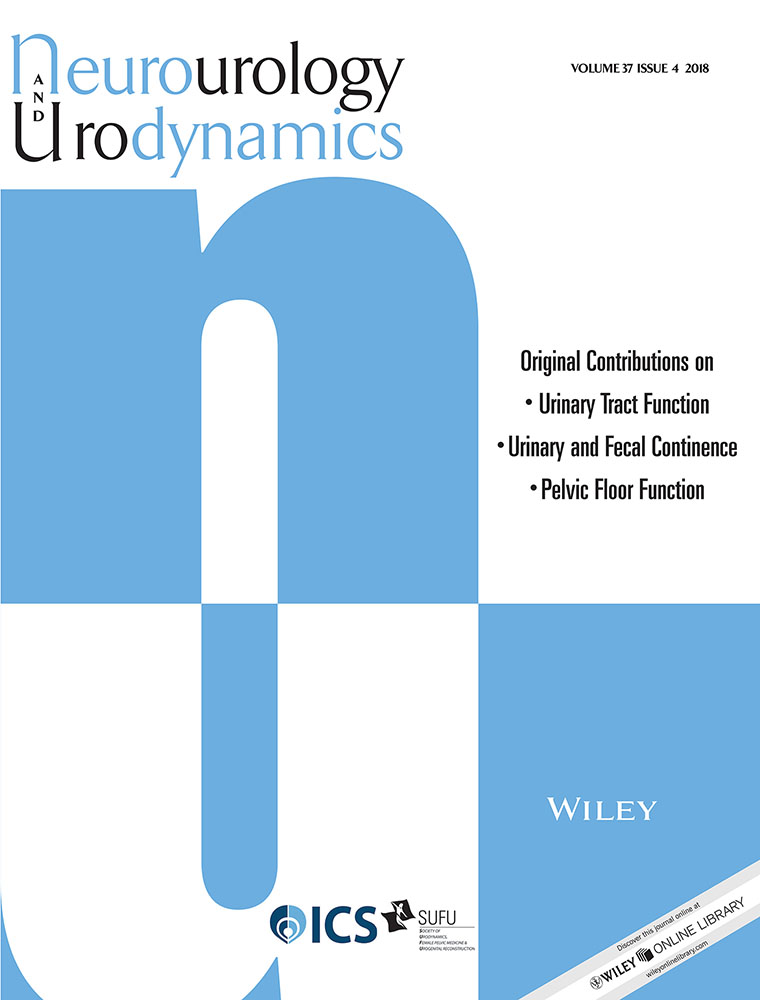Comparison of outcomes between postpartum and non-postpartum women with stress urinary incontinence treated with conservative therapy: A prospective cohort study
Abstract
Aim
This study aimed to compare the outcomes of pelvic floor muscle training (PFMT) between postpartum and non-postpartum women with stress urinary incontinence (SUI) and to detect potential factors that may influence these outcomes.
Methods
A total of 54 and 79 participants were recruited into postpartum (PP group) and non-postpartum (non-PP group) groups, respectively. A physiotherapist treated the participants twice a week for 6-8 weeks. At baseline and 6 and 12 months after treatment, the 1-h pad weight test (PWT), vaginal contraction pressure (VCP), and Incontinence Impact Questionnaire Short Form (IIQ-7) were assessed by an evaluator or physiotherapist. The primary outcome was PWT improvement. The participants whose PWT improvement reached a >50% reduction relative to baseline were considered responders. Secondary outcomes included VCP, IIQ-7 score, and patient satisfaction rate.
Results
The PWT improvement was 87.04% (95%CI: 0.78, 0.96) in the PP group at 1-year follow-up, which was significantly better than the 72.15% improvement (95%CI: 0.62, 0.82) in the non-PP group (OR = 2.591, 95%CI: 1.018, 6.595, P = 0.041). Changes in VCP and BMI were significant predictors of responders in the regression analysis. As the change in VCP increased by 1 cmH2O, the efficiency increased by 4.2% (OR = 1.042, 95%CI: 1.010, 1.070). The change in BMI increased by 1 kg/m2, and the efficiency decreased 23.0% (OR = 0.770, 95%CI: 0.633, 0.937).
Conclusions
The outcome of PFMT in postpartum participants with SUI was better than that in non-postpartum participants. Women with more improvements in VCP and weight loss showed better amelioration of SUI symptoms after PFMT.
CONFLICTS OF INTEREST
None.




